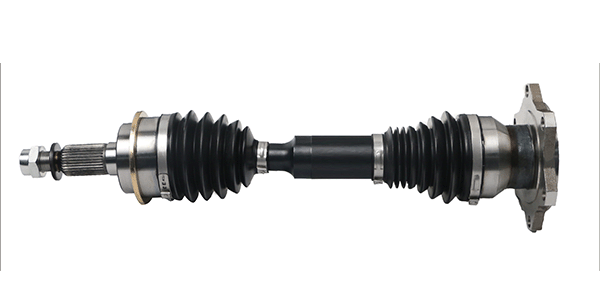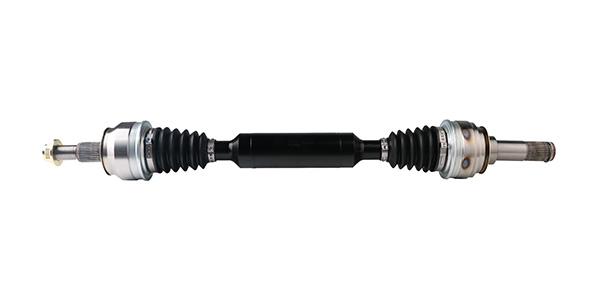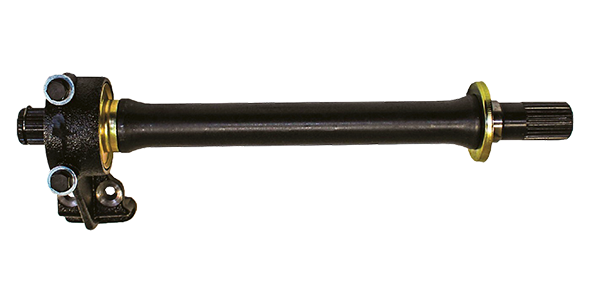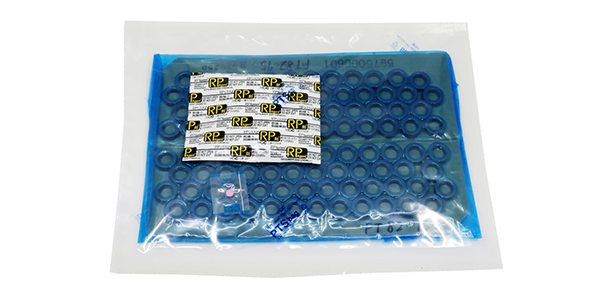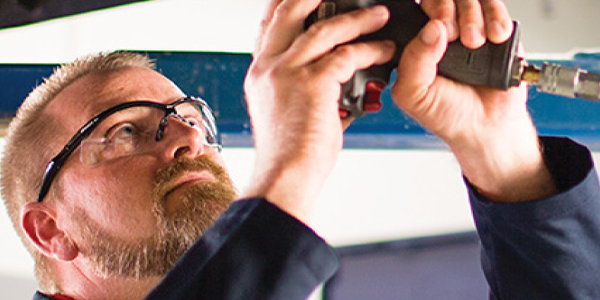
Every year brings new challenges for manufacturers, but 2019 could see even more significant changes taking place. As we head deeper into the new year, it becomes clear what the three main challenges are going to be for auto parts manufacturers. Let’s explore each one.
1. Keeping Up With Technological Advances
The pace of technological change is faster than ever, especially in the automobile industry. Nearly all automakers have announced plans for electrification this year or next year. It’s unclear what electrification strategy will succeed. But imagine for a moment that in 10 to 20 years most cars are battery powered. They won’t need air filters, oil filters, spark plugs or engine oil. So, manufacturers that make these items need to be ready to adapt quickly to keep up with the times. Auto parts stores also will have to adapt. Many of today’s routine maintenance items generate a lot of revenue for a typical auto parts store. What will that retailer do if those items are no longer needed? The transition to electrified vehicles won’t happen overnight, but now is definitely the time to start preparing for it.
2. Preparing for an Upcoming Recession
Many experts believe we’re going to enter a recession by the time 2020 rolls around. It has been 11 years since the last recession, and many signs point to another one happening in the near future.
The good news is that people keep their vehicles longer in a recession. They will maintain their older car rather than buying a new one. For this reason, auto parts companies typically survive or thrive in a recession. But not without careful planning. This year, auto parts manufacturers should focus on preparing for the upcoming recession that’s likely to happen. This involves:
- Watching the cash flow like a hawk
- Cutting back on unnecessary expenses
- Making conservative budget forecasts
The challenge with the timing of the upcoming recession is that some companies may need to start investing in R&D to deal with the coming transition to electrified vehicles.
3. Trade Uncertainty
The trade war with China and the possibility of NAFTA being replaced (or terminated) bring a lot of uncertainty to the auto parts industry. The outcome of the trade war with China is unclear at this point. The USMCA is supposed to replace NAFTA if congress ratifies it. If congress refuses to ratify USMCA, Trump has stated he will cancel NAFTA. Obviously, auto parts manufacturers rely heavily on imported raw materials and assemblies. With all the uncertainty, it’s a good idea for auto parts manufacturers to come up with a back up plan for everything related to sourcing materials and components.
In many ways, 2019 is going to be the most challenging year the auto parts manufacturing industry has seen in a long time. In situations like this, preparation is key. Your company needs to be aware of the three challenges listed above and have a good plan in place to combat each one.
This article was sponsored by GMB North America, Inc. For more information, please visit our website at www.gmb.net





